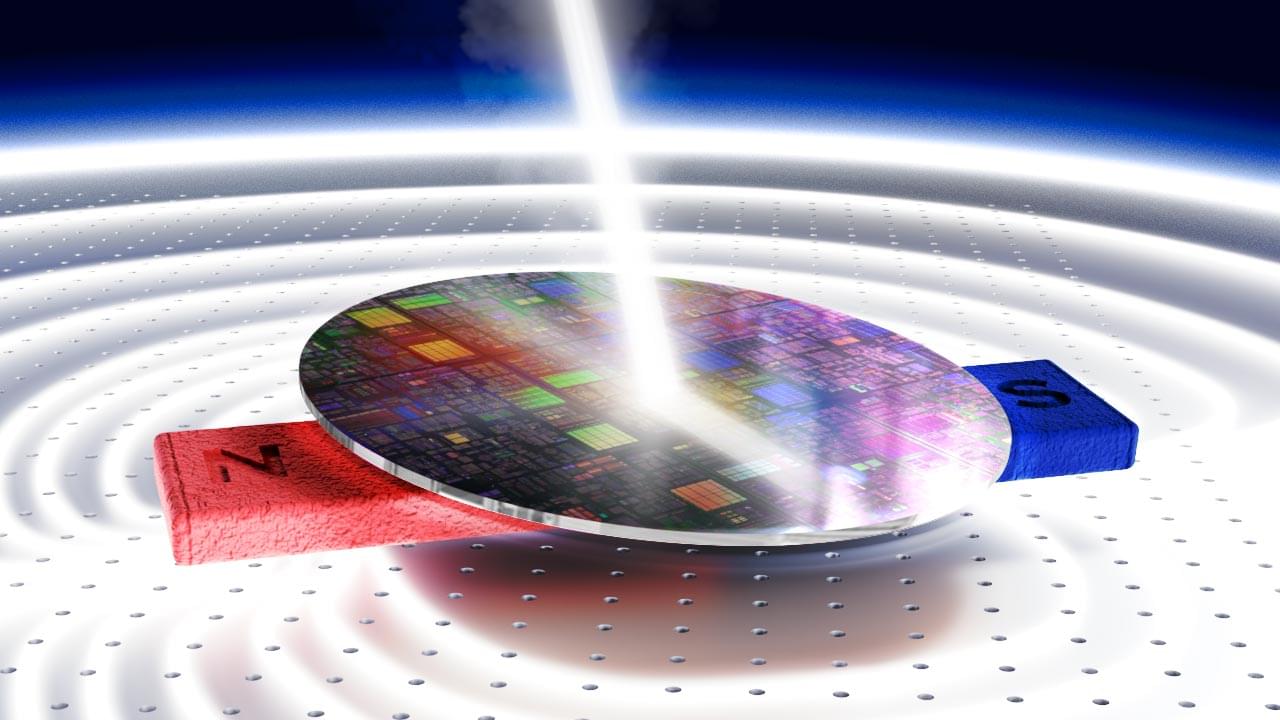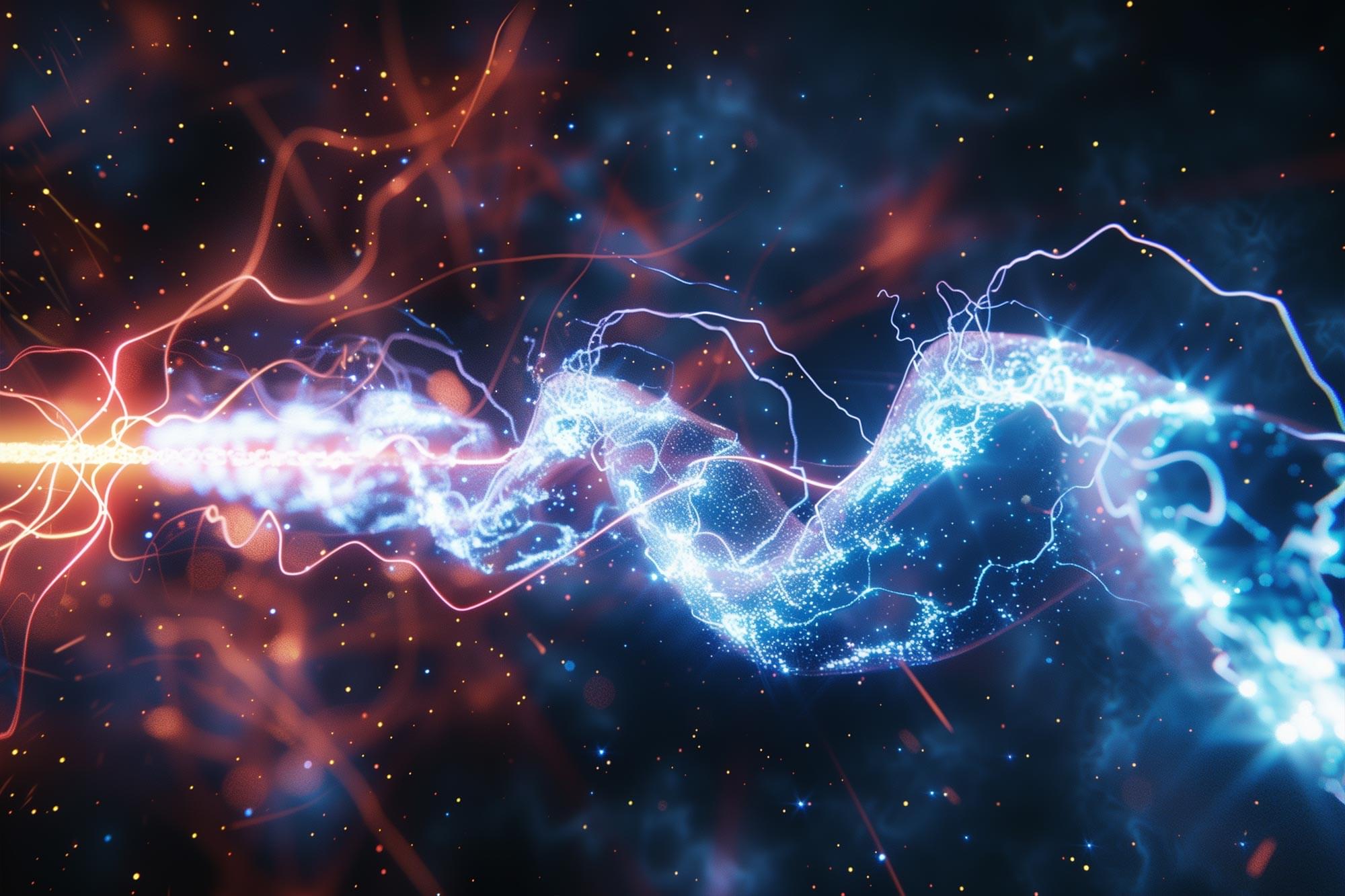Stressed DNA sets off a cascade of failures in the body linked to heart conditions, neurodegeneration, and chronic inflammation. A new, UCR-designed tool interrupts this process, preserving DNA before the damage causes disease.
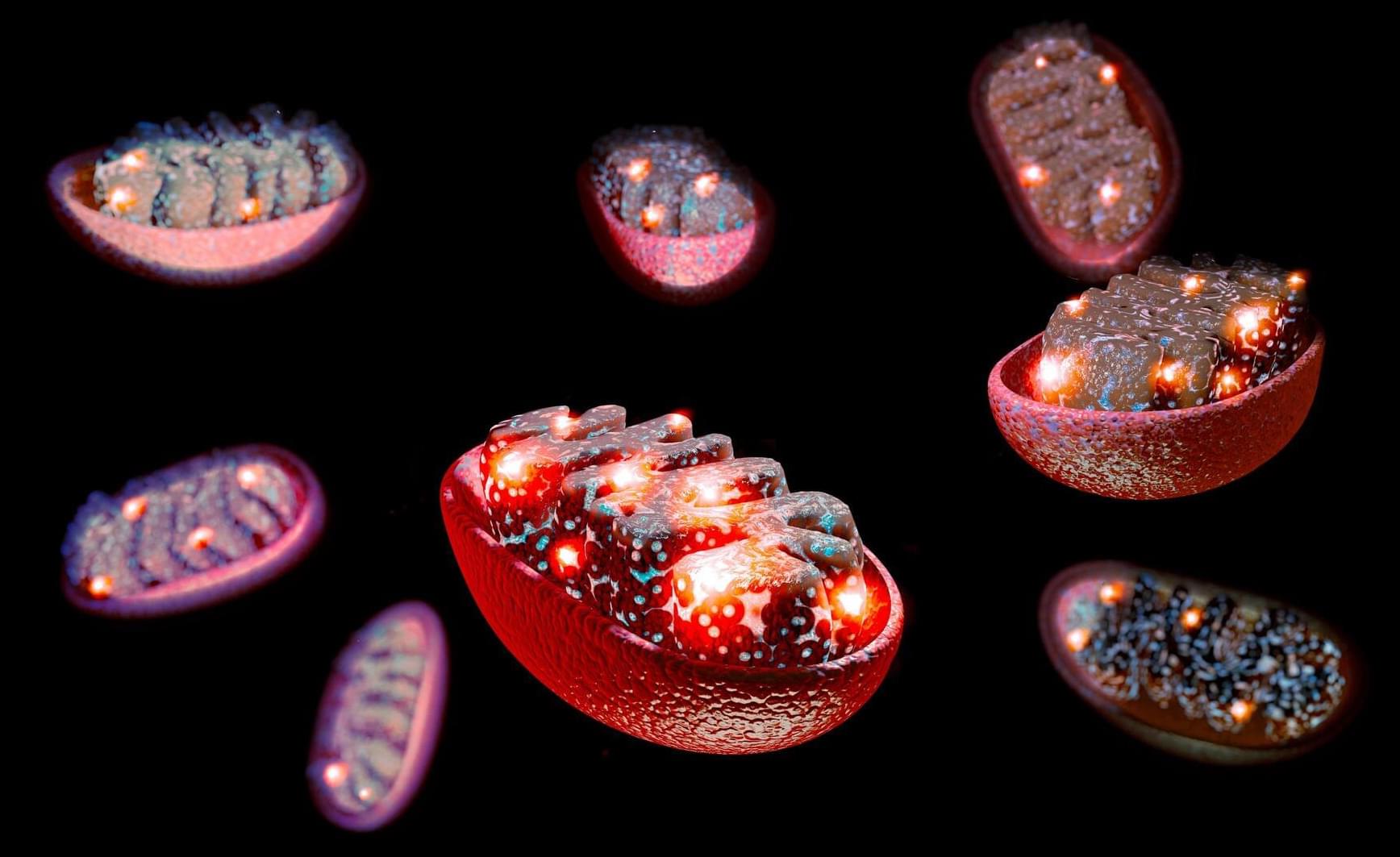


Many people with cancer experience dramatic loss of muscle and fat tissue. In many cases, even the heart muscle is affected, which further weakens the body. This wasting syndrome, known as cachexia, affects around half of all cancer patients. It is a major cause of therapy resistance, complications, and increased mortality.
Researchers from Helmholtz Munich, in collaboration with Heidelberg University Hospital, the Technical University of Munich, and the German Center for Diabetes Research have now identified a previously overlooked driver of cachexia: the liver. It responds systemically to tumors in other organs—such as the intestine or pancreas—and contributes to tissue wasting by releasing specific signaling molecules.
The study is published in the journal Cell.
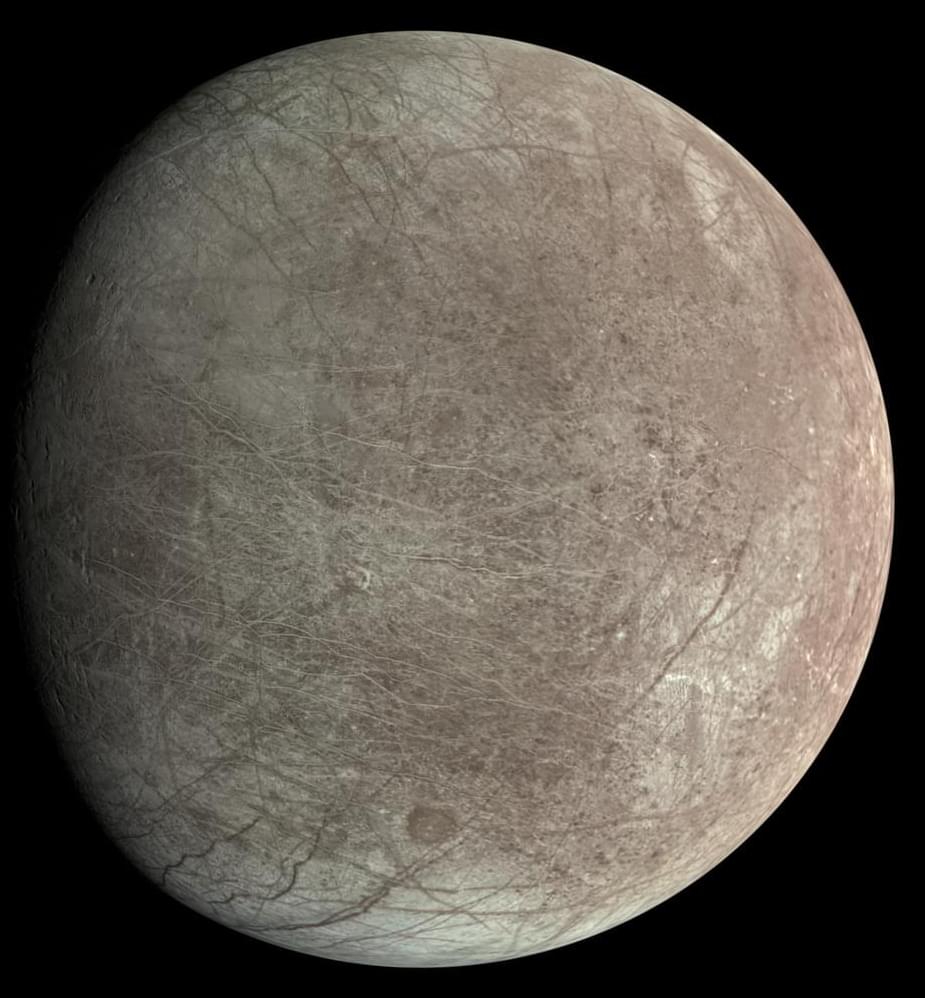

Psychopathy is often associated with impulsivity, aggression, and antisocial behavior. While past studies have focused heavily on how different brain regions function in people with psychopathic traits, less is known about how these regions are structurally connected. Structural connectivity refers to the physical links between brain areas—similar to the brain’s wiring system. The researchers aimed to go beyond earlier work that focused only on specific brain circuits and instead look across the entire brain to identify any structural patterns linked to psychopathy.
The researchers were especially interested in understanding whether structural differences in the brain might explain the relationship between psychopathic traits and externalizing behaviors. Previous models have suggested two possible brain-based explanations for these behaviors. One theory emphasizes problems in how people process emotional threats, while another highlights difficulties in attention control. Both theories have some support, but no study had comprehensively examined how structural brain networks might connect psychopathy with real-world behavioral problems.
The research team analyzed data from 82 young adults who participated in the Leipzig Mind-Brain-Body study. All participants were screened to rule out medical or psychological conditions that might affect the results. Psychopathic traits were assessed using a questionnaire designed to capture both interpersonal-affective characteristics (like manipulation and lack of empathy) and behavioral traits (like impulsivity and rule-breaking). Externalizing behaviors were also measured with a separate questionnaire that included items on aggression, defiance, and similar tendencies.
Each participant underwent high-resolution brain imaging using diffusion MRI, a technique that maps the white matter tracts—essentially the brain’s wiring—connecting different regions. The researchers used a method called connectome-based predictive modeling, which relies on machine learning to identify patterns in the brain’s structural connectivity that relate to individual differences in behavior.
This method allowed them to identify two kinds of networks: positive networks, where stronger connections were linked to higher psychopathy scores, and negative networks, where weaker connections were related to those same scores. They also tested whether specific connections within these networks helped explain the relationship between psychopathic traits and externalizing behaviors.
The results showed that psychopathic traits were significantly associated with both stronger and weaker connections in different parts of the brain. The positive network—made up of connections that increased with psychopathy—was better at predicting psychopathic traits than the negative network alone. But when both networks were combined, the prediction became even more accurate.
Many of the connections in the positive network were located within the brain’s frontal and parietal lobes, which are involved in decision-making, emotional processing, and attention. These connections included pathways like the uncinate fasciculus, which links the frontal cortex with areas involved in emotion, and the arcuate fasciculus, which supports language and auditory processing. Other connections involved the cingulum bundle, associated with emotional regulation and social behavior, and the posterior corticostriatal pathway, which plays a role in reward processing and learning.
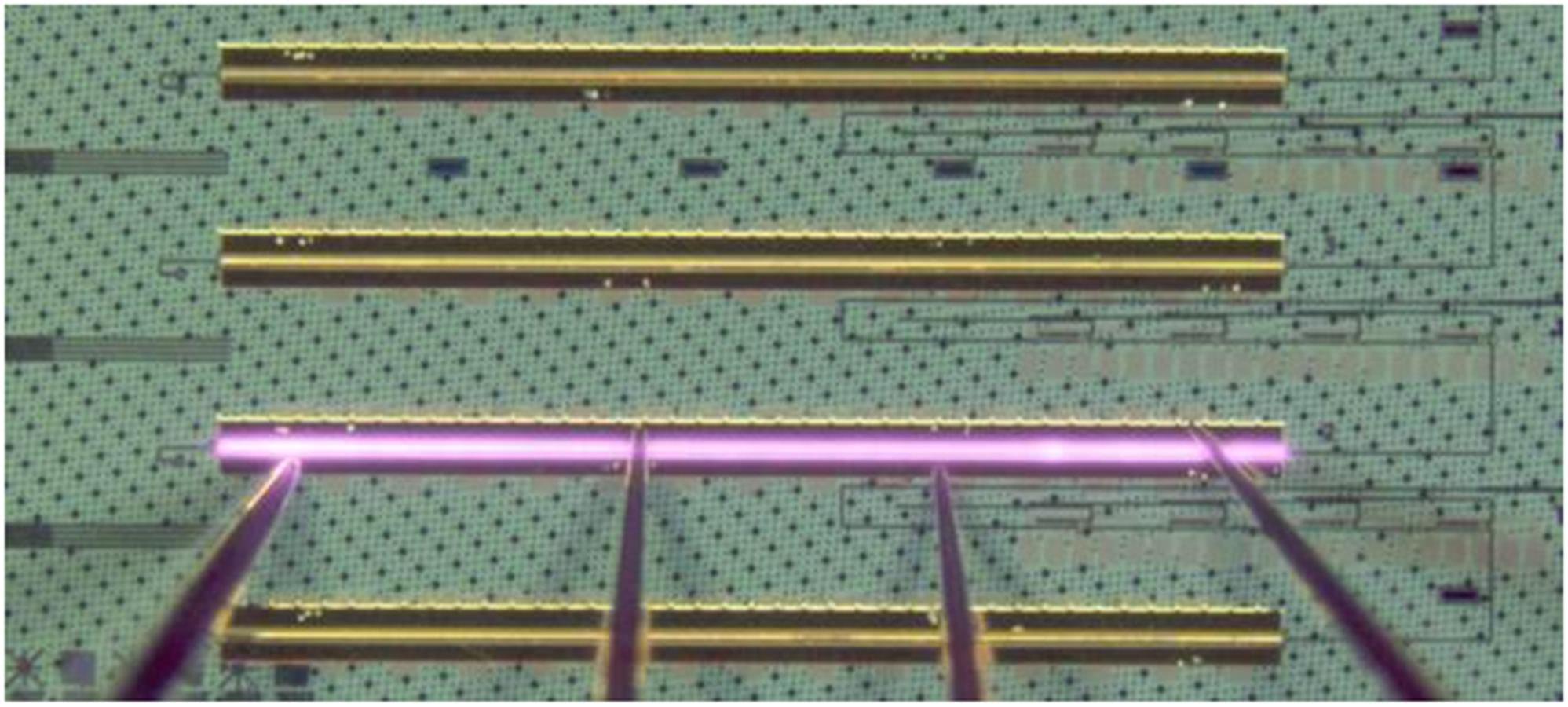
Monolithically integrated lasers on silicon photonics enable scalable, foundry-compatible production for data communications applications. However, material mismatches in heteroepitaxial systems and high coupling losses pose challenges for III-V integration on silicon. We combine three techniques: recessed silicon pockets for III-V growth, two-step heteroepitaxy using both MOCVD and MBE, and a polymer facet gap-fill approach to develop O-band InAs quantum dot lasers monolithically integrated on silicon photonics chiplets. Lasers coupled to silicon ring resonators and silicon nitride distributed Bragg reflectors (DBR) demonstrate single-mode lasing with side-mode suppression ratio up to 32 dB. Devices lase at temperatures up to 105 °C with an extrapolated operational lifetime of 6.2 years at 35 °C.
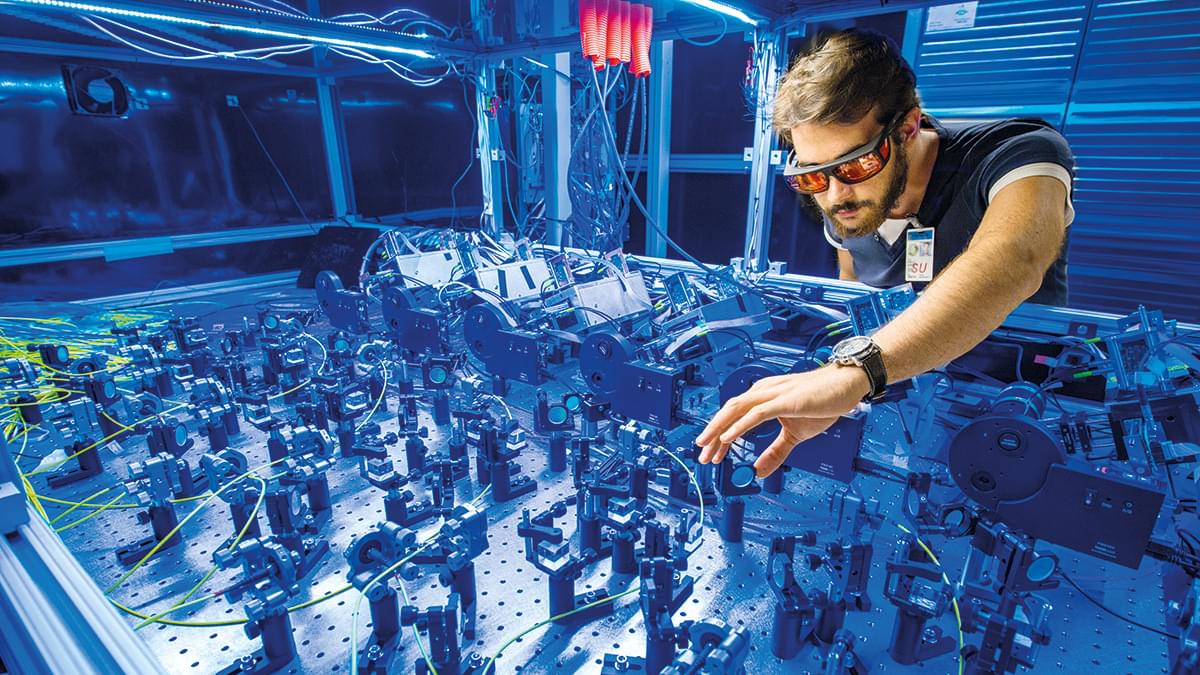
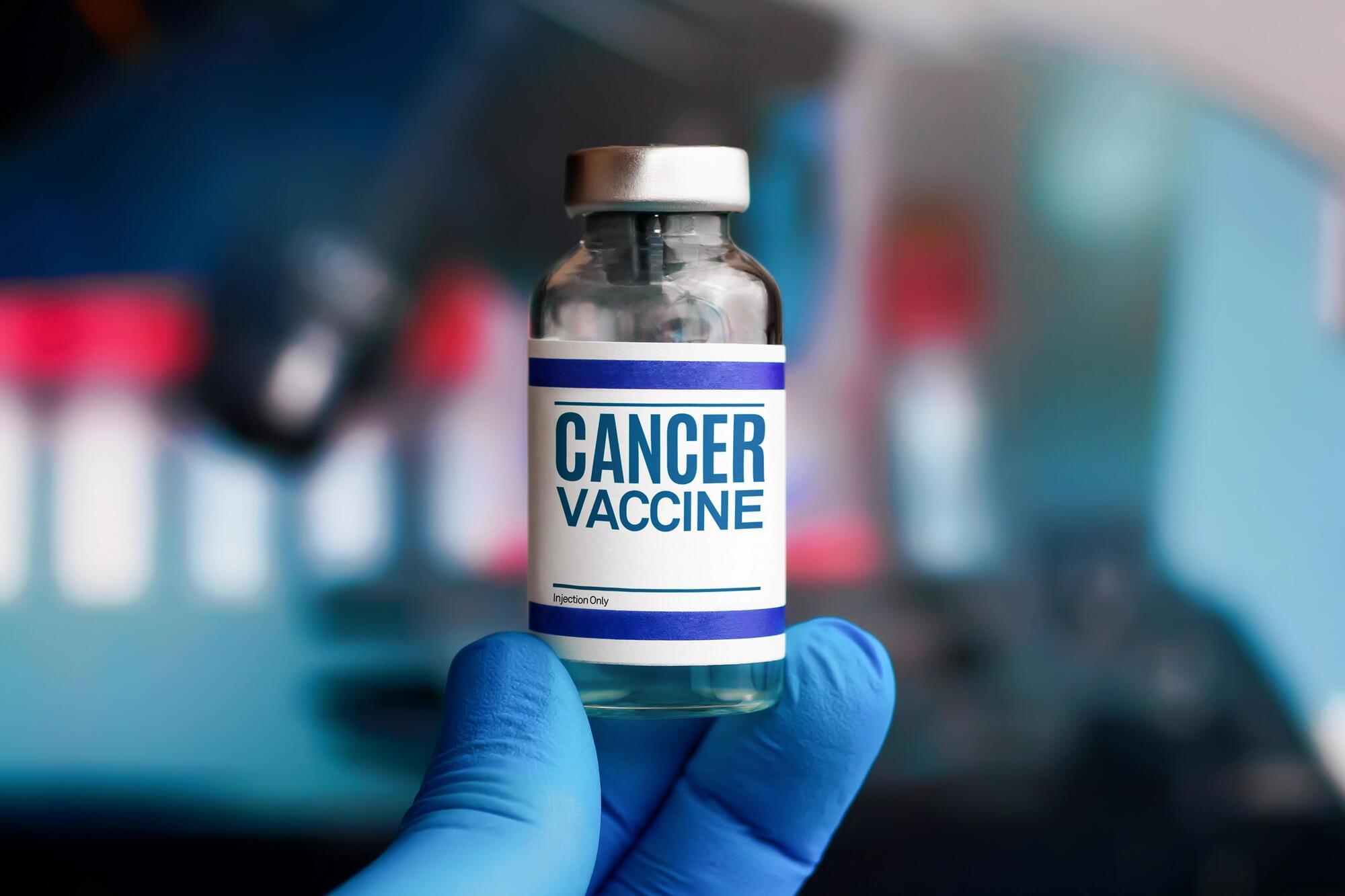
Following on from their breakthrough human trial that successfully reprogrammed the immune system to overpower glioblastoma, an aggressive brain tumor, the same scientists have now further developed the mRNA vaccine to fight not one but any cancer. It has the potential to do away with chemotherapy, surgery and radiation treatment.
University of Florida (UF) scientists have developed an experimental vaccine that dramatically boosts the immune system’s ability to fight tumors – even without targeting a specific cancer type. This “general purpose” mRNA jab works in a similar way to a Covid-19 vaccine but with a different target; it instructs the body’s immune cells to rally and hit any kind of tumor in the same way they would attack a viral spike protein.
“This paper describes a very unexpected and exciting observation: that even a vaccine not specific to any particular tumor or virus – so long as it is an mRNA vaccine – could lead to tumor-specific effects,” said Elias Sayour, a pediatric oncologist and principal investigator at the RNA Engineering Laboratory at UF. “This finding is a proof of concept that these vaccines potentially could be commercialized as universal cancer vaccines to sensitize the immune system against a patient’s individual tumor.”

Today, NVIDIA unveiled OpenReasoning-Nemotron, a quartet of distilled reasoning models with 1.5B, 7B, 14B, and 32B parameters, all derived from the 671B-parameter DeepSeek R1 0528. By compressing that massive teacher into four leaner Qwen‑2.5-based students, NVIDIA is making advanced reasoning experiments accessible even on standard gaming rigs, without the need to worry about hefty GPU bills and cloud usage. The key is not some elaborate trick but raw data. Using the NeMo Skills pipeline, NVIDIA generated five million math, science, and code solutions, and then fine-tuned each one purely with supervised learning. Already, the 32B model hits an 89.2 on AIME24 and 73.8 on the HMMT February contest, while even the 1.5B variant manages a solid 55.5 and 31.5.
